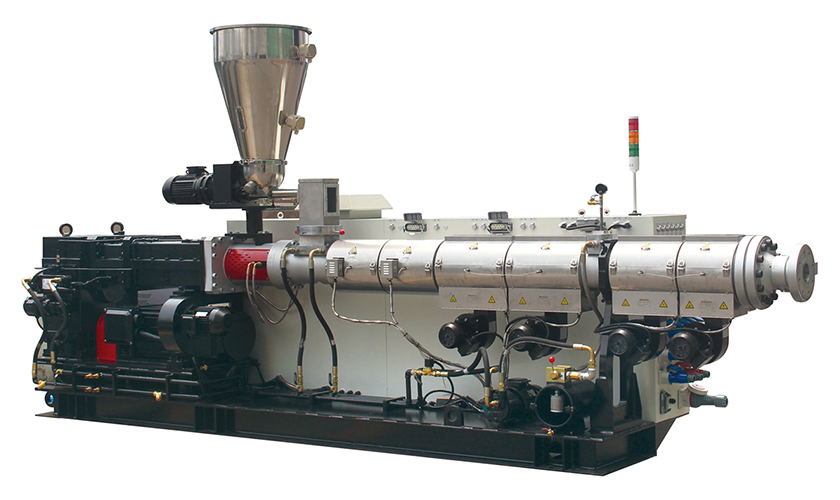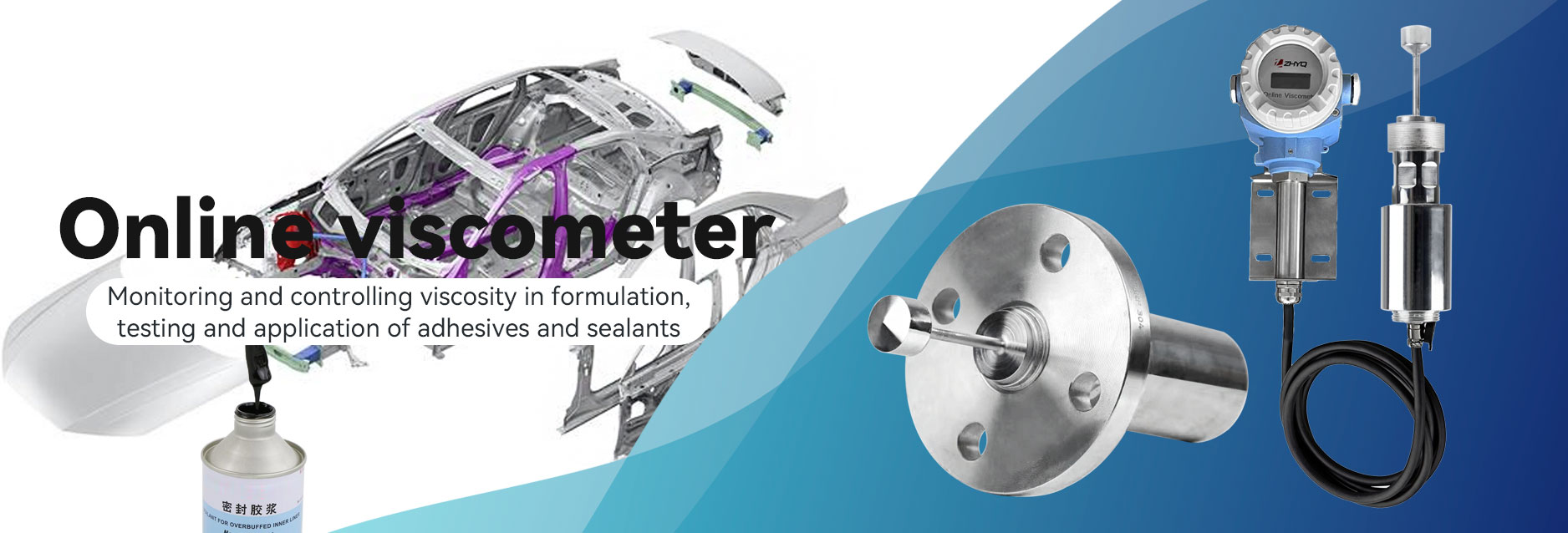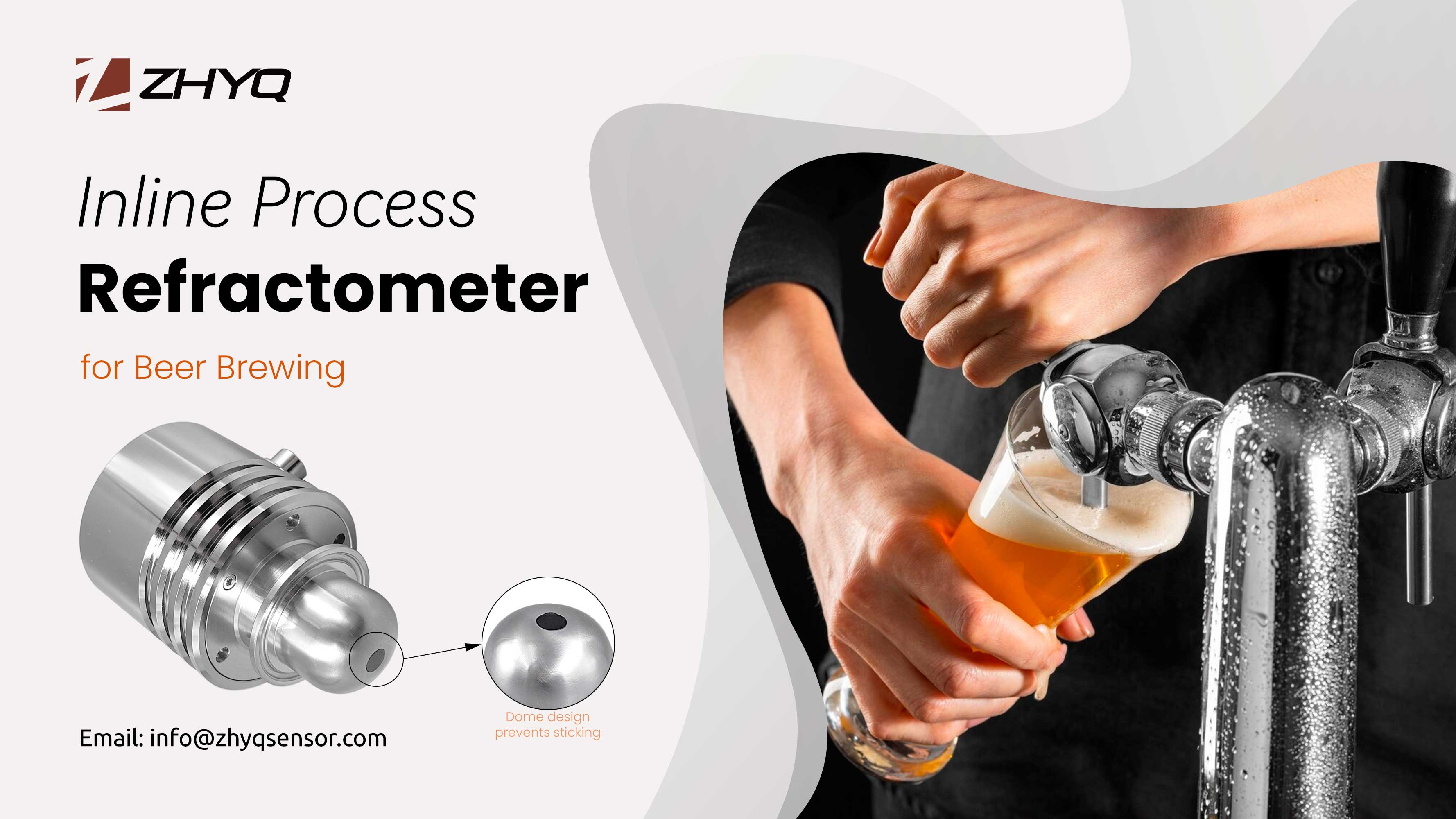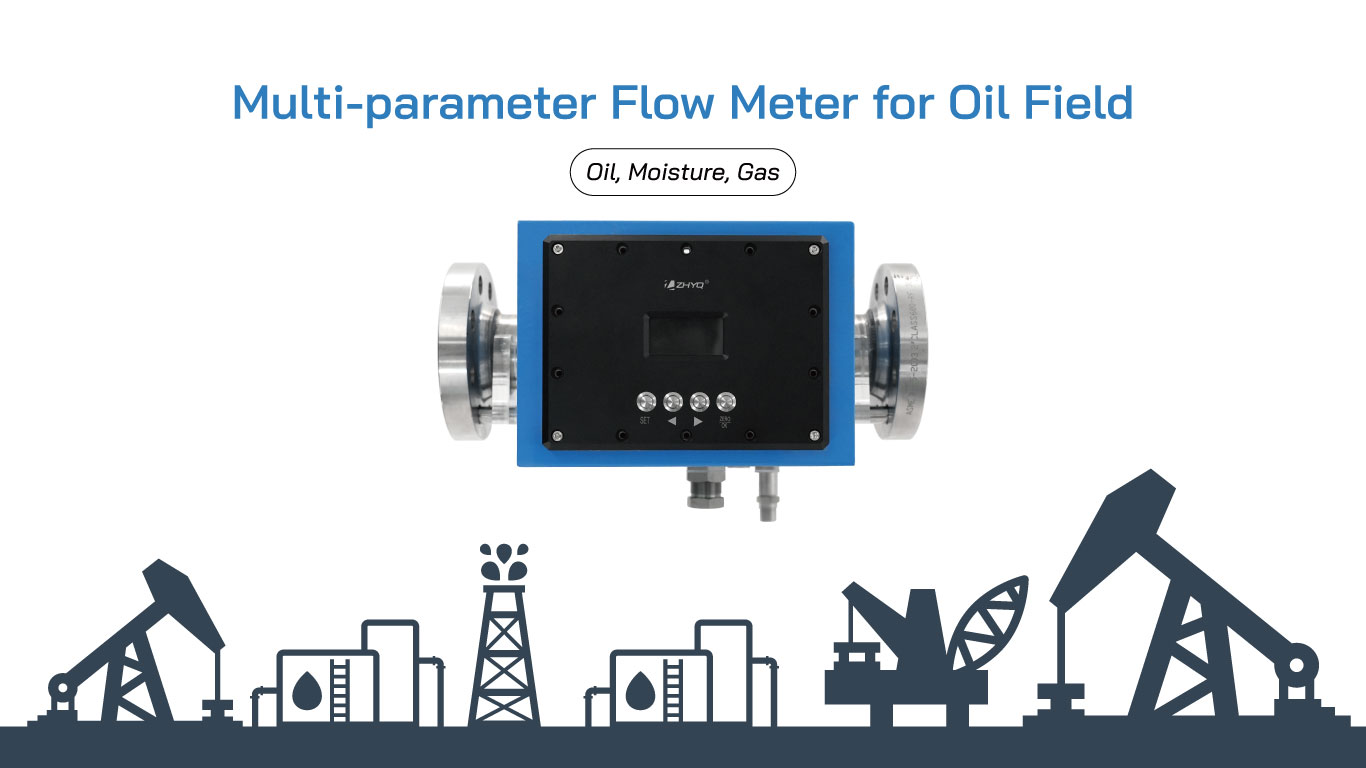
- Pressure Sensor, Pressure Transducer, Pressure Transmitter


- 2020-05-30
- Zhyq
- 191
Extrusion – Pressure, Temperature, Heating and Cooling Control
In this blog post, we’ll focus on the extrusion process. Specifically, we will look at pressures, temperatures, heating and cooling inside the extruder barrel. Proper temperature and heating control of the plastic inside of the extrusion barrel is very important to achieving high quality output whether you are a profile extruder, wire coating, sheet extruder or any other of the downstream processes. If the molten plastic does not have the desired properties when it reaches the die head, you will often have a difficult time achieving quality output.
Extruder Barrel Pressure
The pressure inside the extruder barrel during the extrusion process is high. Barrels for most extruders are designed to withstand operating pressures up to 10,000 psi or 700 bar. Normal operating pressures generally range between 1,000 and 5,000 psi. or 70 and 350 bar.
Too much pressure could rupture a barrel. To protect the extruder barrel from over-pressurization, several methods have been developed. A shear pin can be installed on a swing gate. Rupture disks can be installed at the die end of the barrel. If melt pressure exceeds the rating of the rupture disc, the disk fails, and the pressure is relieved. As a warning device, a pressure transducer with an alarm is also common. This can be set to alert the operator or to shutdown the extruder.
Extruder Barrel Temperature Regulation
Temperature controllers regulate barrel temperatures using barrel heaters and cooling units. Smaller extruders – up to 3 inch diameter – usually have three or four heating and cooling zones. Larger extruders often have six or more zones. Each zone is equipped with temperature sensors and a temperature controller.
Extruder Barrel Heating
The barrel must be heated for operation. Most barrel heaters are electric. There are several types. Cast heaters are cast aluminum split cylinders with insulated resistance wires embedded inside. The simplest type of heater is the mica band heater. Mica band heaters contain coated resistance wires sandwiched between mica insulation with a steel enclosure for support. Ceramic heaters are used in applications with high heat requirements.
Both cast aluminum and mica band heaters need tight contact with the barrel, so periodic inspections and tightening of the heaters when necessary should be a part of your maintenance routine. Heaters will burn out if they cannot transfer their heat to the barrel.
Extruder Barrel Cooling Design & Equipment
Barrel cooling is also an important part of the extrusion process. Extruder barrel cooling is necessary if the plastic gets too hot or if the extruder must be shut down quickly. Barrels can be cooled using air or liquid. Barrels that are air-cooled have blower units and a plenum chamber under the barrel at each temperature zone. The blower is turned on by the barrel temperature controller when an upper setpoint is reached.
Barrels which are cooled by liquid, circulate the fluid through coils cast into the heater blocks, or through separate cooling coils. These can be closed loop, re-using the same liquid, or open loop.
It is very important to maintain temperature control over the melt during the extrusion process. Cooling the barrel is one of the ways to control any over-heating of the plastic. However, if an extruder requires a sizable amount of cooling during normal production, it’s an indication of a mismatch between screw design and that particular plastic, or a problem with the extrusion process.
Leave Your Inquiry
Your email address will not be published. Required fields are marked *
Related news

Monitoring and controlling viscosity in formulation, testing and application of adhesives and sealants
2023-10-28The working process of the inline process refractometer in the entire process of beer brewing and the role it plays!
2024-10-09
